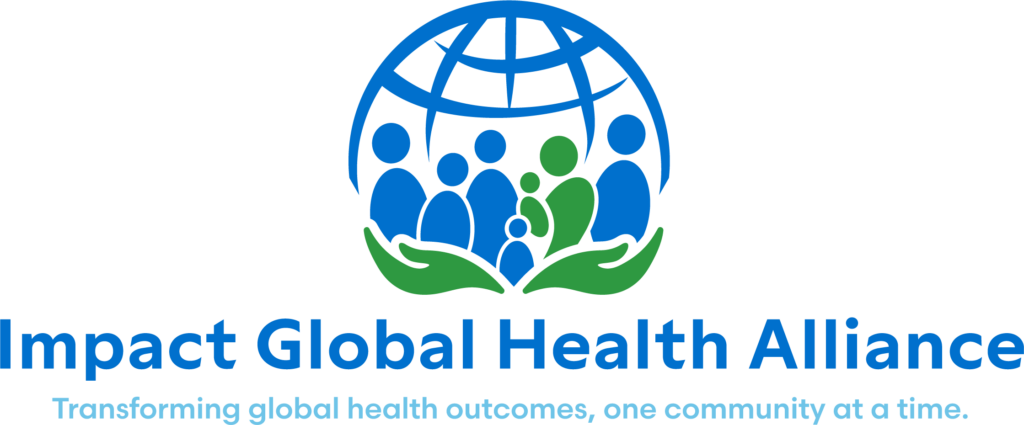To kick off the start of our four-year Guatemala Child Survival Project, 50 men and women conducted 600 in-home questionnaires for the Knowledge, Practice, and Coverage survey (KPC). The KPC helps us monitor our progress which allows us to best measure the positive impact of the project.
Former Impact Global Health Alliance Global employee Ira Stollak is helping us in Guatemala as the KPC Consultant and has shared a special edition blog post about some of his most recent experiences in Guatemala. A three-part series, read part one below and look for part two and three in the upcoming weeks.
—

In rural Guatemala, the living room is the kitchen. Here in Calhuitz, at 9,000 feet altitude in the mountains of northwest Guatemala, in January it never gets warm. If the sun’s out, it may reach 60 degrees for three or four hours, but it’s often foggy, a village in the clouds, temperature in the low-to-mid fifties, and in the early morning, before sunrise, it’s down to a damp bone-chilling forty degrees. I sleep bundled in a thin, cheap Guatemalan sleeping bag, and two thick wool blankets, snug and comfortable enough, but getting out of bed in the morning is a shock- and the first place to go is near the fire, in the kitchen. On chilly days, it’s the only warm place to hang out, and so it naturally becomes the center of the home. This applies here at the Casa Materna clinic of Impact Global Health Alliance Guatemala, where a concrete oven topped with a sheet of steel (la plancha) serves for cooking, keeping warm, and heating water, which runs through galvanized pipes led through the firebox. So no hot shower first thing in the morning – one has to wait for lunchtime, after the water has had time to heat up.
So Saturday morning finds me sitting by the fire, tired after an exhausting week of work, training interviewers for our survey, waiting for breakfast to be cooked by Alma, the head nurse, chief cook, and overall mother of us all here, an amazing woman. I mentioned my sore wrist to her and asked if she had an icepack I could use – it had been sore for a couple of weeks from too much time on the computer, and then I wrenched it catching my sweatshirt before it fell into a puddle (things take a long time to dry up here). She found me a perfect icepack to wrap around my wrist and counseled me to take ibuprofen (which I’d been doing) and alternate heat with the ice, with a towel soaked in hot salt water. Then she surprised me by suggesting that Don Miguel see me – the local curandero, or traditional healer.
An hour later he arrived, a small, wizened, brown fellow, who looked 75 years of age but was probably no older than I. We greeted each other and he proceeded to investigate my wrist, palm, and forearm, touching lightly, then massaging, pulling, twisting, pressing, all the while praying under his breath in Chuj, and occasionally “spitting” at my wrist- not really spitting, since no saliva came out, but an explosive exhale through tightened lips with a spitting sound. Alma believed it was to expel the negative energies. He worked on me for about 15 minutes, and then said I would probably need 3 more treatments. I asked him if I could use that hand – my right, my essential hand – and he replied I could, unless it hurt. The rest of the day I alternated ice and heat every two hours, took some more ibuprofen, and he returned at 5 pm, before dinner, for another similar treatment. It’s hard to say what helped the most, the placebo effect, the ice/heat/ibuprofen, or his treatment, but I woke up Sunday morning ¾ healed. Much to my relief, since I am useless with my left hand.
… to be continued next week…




